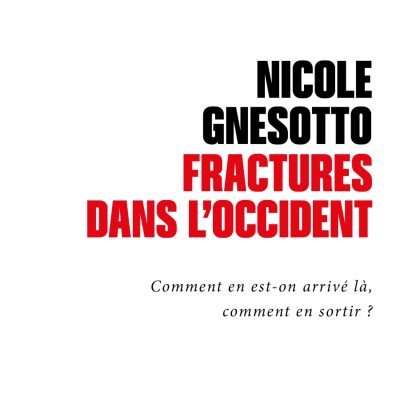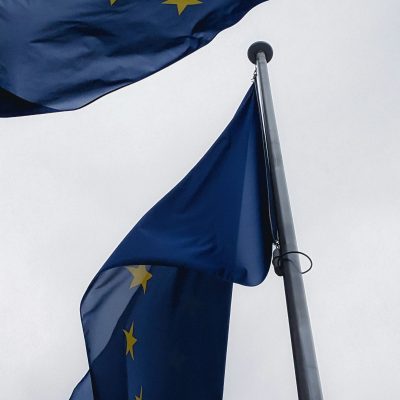Report
22/11/11Qualified majority voting from the Single European Act to present day: an unexpected permanence

The Single European Act and the following reforms extended the field of the qualified majority voting within the Council of ministers. However the number of measures adopted since then despite negative votes or abstentions from some member states remains low. This remarkable continuity is one of the main lessons drawn from this study by Stéphanie Novak on the evolution of the qualified majority voting.
The study shows that the driving force behind negotiations in the Council is much less the search for a general agreement than for a qualified majority, that the Council Presidency uses as a weapon of dissuasion towards negotiators who fear ending up in a minority. The latter tend to rally to the majority, what explains the low opposition and abstention rate pointed in the minutes of the Council meetings. The publication of votes from 1993 has not put paid to this strategy because of the role played by the Council preparatory committees that decide behind closed doors. The role of national parliaments to control their governments and improved transparency of the debates and votes within the Council could yet have a stronger impact on the practice of qualified majority voting.




